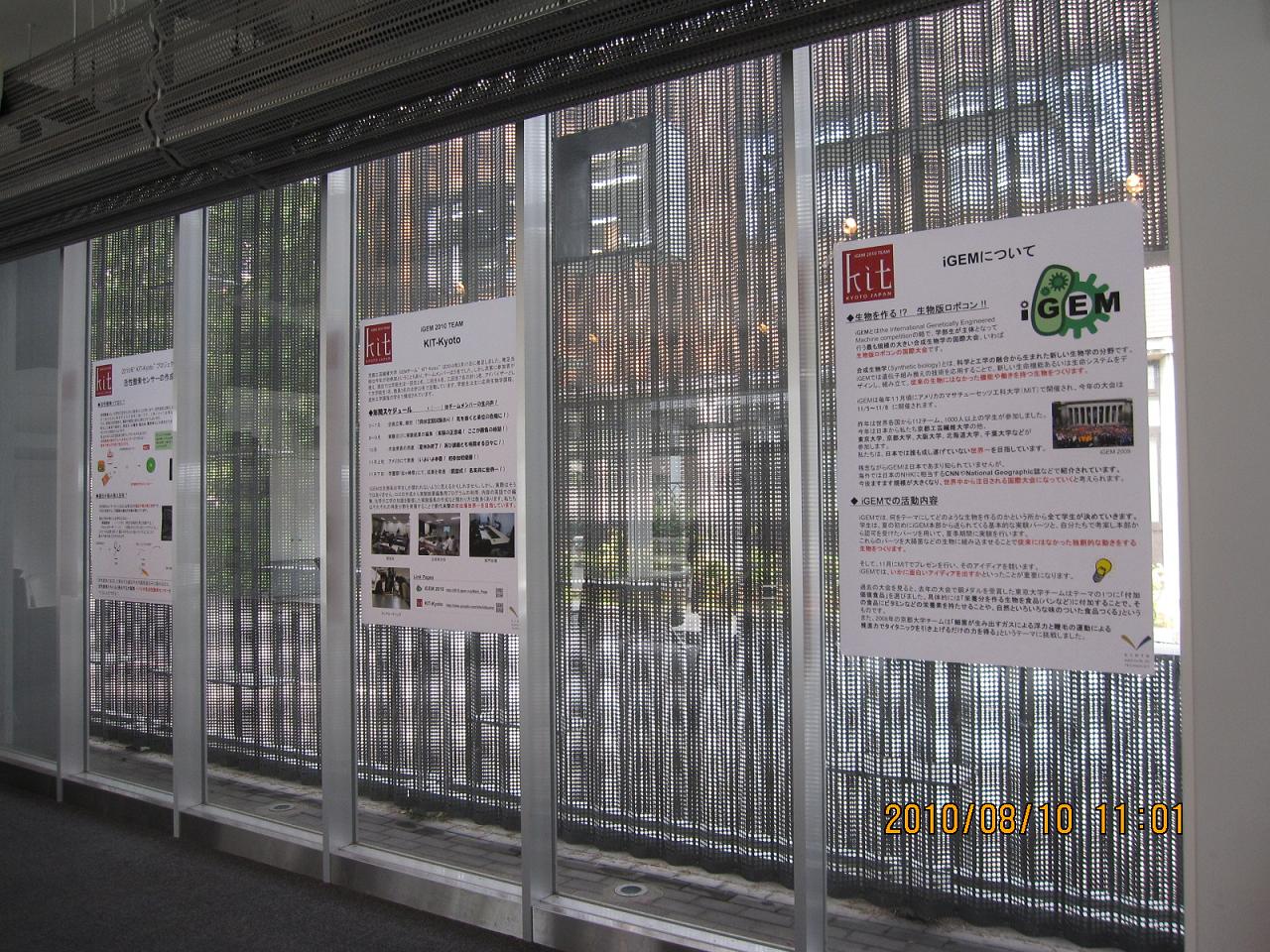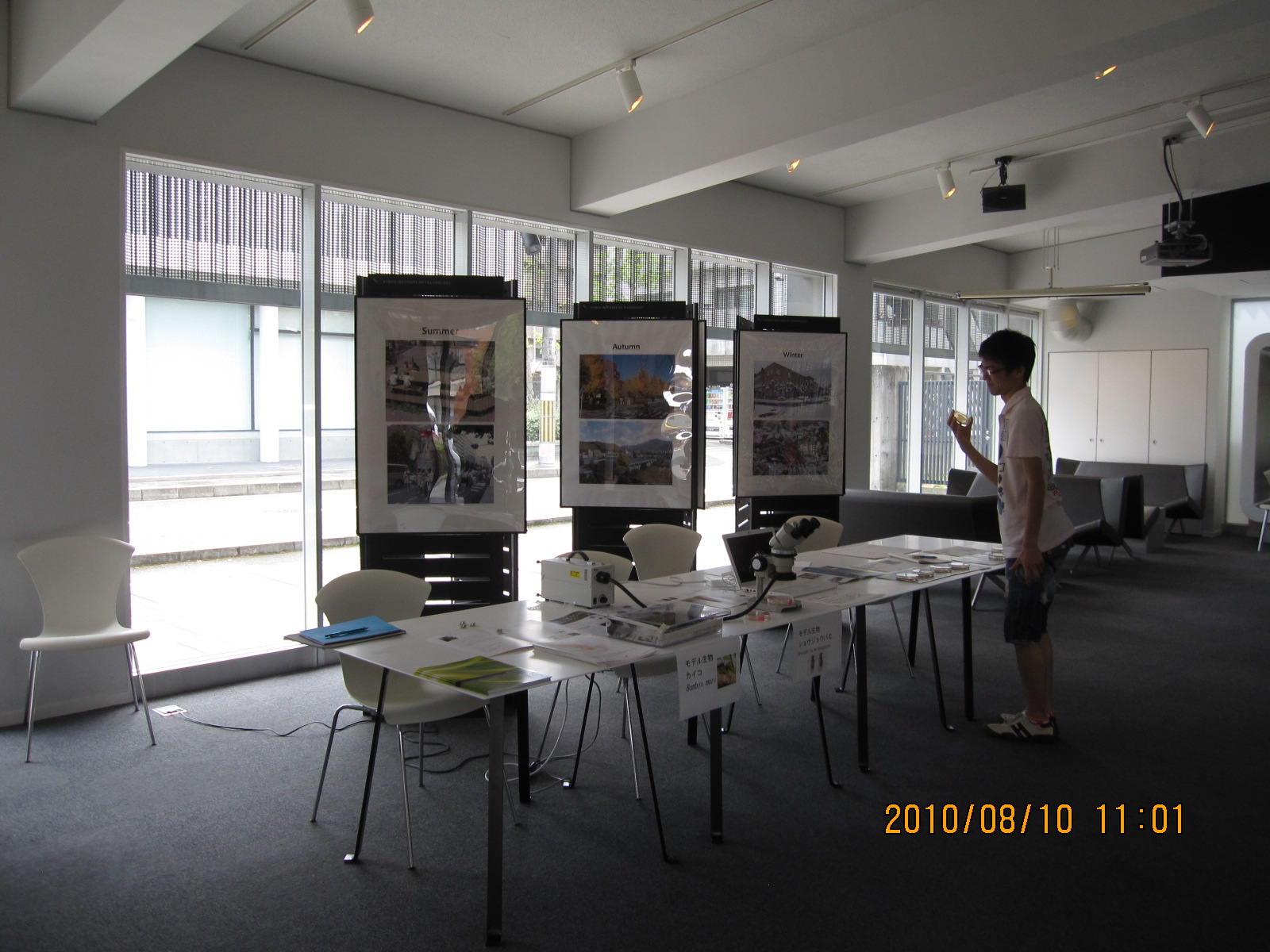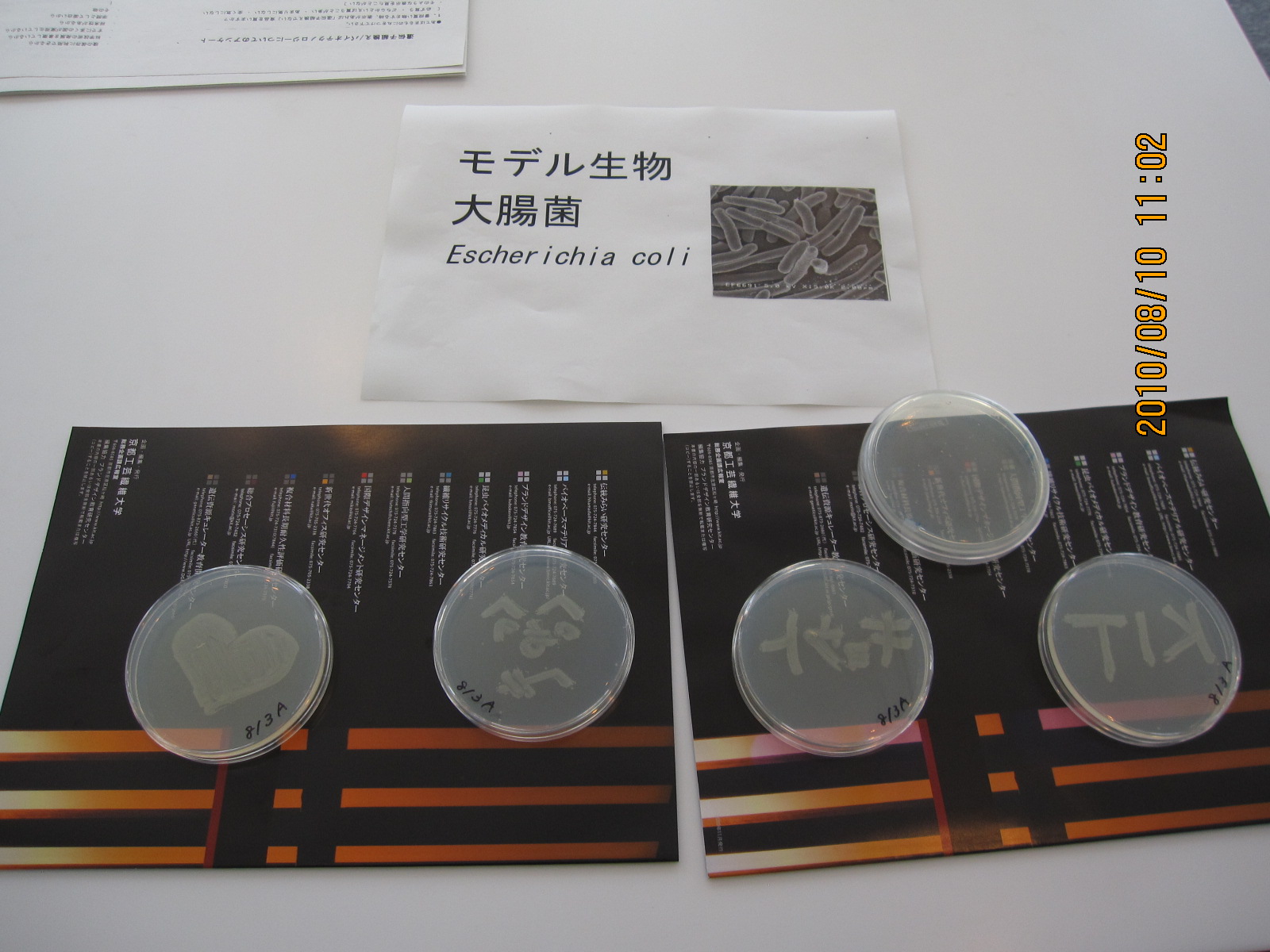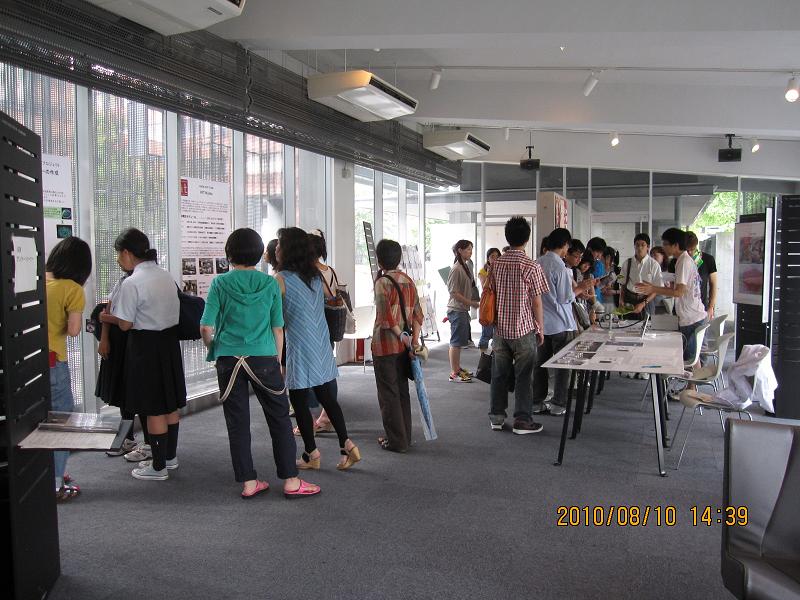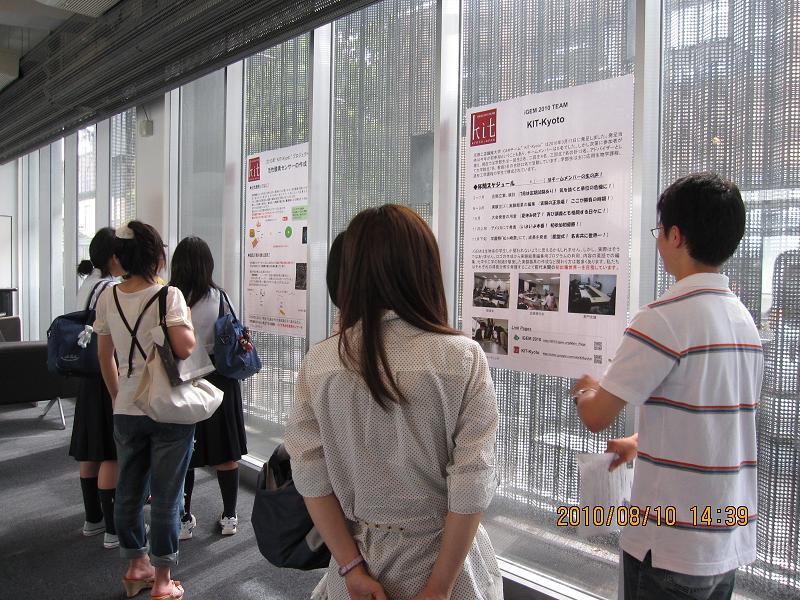|
|
| (62 intermediate revisions not shown) |
| Line 1: |
Line 1: |
| - | {| style="color:black;background-color:white;" cellpadding="0" cellspacing="0" border="0" bordercolor="#fff" width="62%" align="center"
| + | <html><head> |
| - | !align="center"|[[Team:KIT-Kyoto|Home]]
| + | <style type=text/css> |
| - | !align="center"|[[Team:KIT-Kyoto/Team|Team]]
| + | {text-align: justify;} |
| - | !align="center"|[[Team:KIT-Kyoto/Project|Project]]
| + | .tblsample table, .tblsample tr, .tblsample td {border:0px; |
| - | !align="center"|[[Team:KIT-Kyoto/Parts|Parts]]
| + | cellpadding:5; |
| - | !align="center"|[[Team:KIT-Kyoto/Modeling|Modeling]]
| + | cellspacing:1; |
| - | !align="center"|[[Team:KIT-Kyoto/Notebook|Notebook]]
| + | bgcolor:none; |
| - | !align="center"|[[Team:KIT-Kyoto/Link|Link]]
| + | background:url(); |
| - | !align="center"|[[Team:KIT-Kyoto/Sponsors|Sponsors]]
| + | |
| - | |}
| + | |
| | | | |
| | + | } |
| | | | |
| | + | ul.acc, ul.acc li ul { |
| | + | width 965px; |
| | + | height autopx; |
| | + | margin: 0; |
| | + | padding: 0; |
| | + | list-style: none; |
| | + | } |
| | + | |
| | + | ul.acc a{ |
| | + | display: block; |
| | + | height: 30px; |
| | + | line-height: 30px; |
| | + | color: #feffff; |
| | + | } |
| | + | |
| | + | ul.acc { |
| | | | |
| | + | background-color: #185AAC; |
| | + | } |
| | + | |
| | + | ul.acc li ul { |
| | + | background-color: #A6B5E2; |
| | + | } |
| | + | |
| | + | </style> |
| | + | </head> |
| | + | |
| | + | |
| | + | |
| | + | <script type="text/javascript"> |
| | + | <!-- |
| | + | var j$ = jQuery; |
| | + | |
| | + | j$(function(){ |
| | + | j$(".acc").each(function(){ |
| | + | j$("li > a", this).each(function(index){ |
| | + | var $this = j$(this); |
| | + | |
| | + | if(index > 0) $this.next().hide(); |
| | + | |
| | + | $this.click(function(){ |
| | + | var params = {height:"toggle", opacity:"toggle"}; |
| | + | j$(this).next().animate(params).parent().siblings() |
| | + | .children("ul:visible").animate(params); |
| | + | return false; |
| | + | }); |
| | + | }); |
| | + | }); |
| | + | }); |
| | + | |
| | + | |
| | + | //--> |
| | + | </script> |
| | + | |
| | + | |
| | + | |
| | + | </html> |
| | + | {{Template:KIT-Kyoto/menu}} |
| | + | {| class="tblsample" style="color:black;background-color:transparent;" cellpadding="0" cellspacing="15" border="0" bordercolor="#ccc" width="965px" align="center" |
| | + | | |
| | + | |
| | + | == ''E.Coli'' Pen == |
| | | | |
| - | <h3>The fireworks using AHL as a transmitter.</h3>
| |
| | <p> | | <p> |
| - | The bacteria communicate with each other in the same way as people do so using some languages.This was called Quorum Sensing, and we paid our attention to this Quorum Sensing.In Quorum Sensing, the bacteria use the chemical substance called "autoinducer" in substitution for words used by a human being.The bacteria confirm how much density the same type of bacteria exists by around oneself with autoinducers.When they sense the density is high, the bacteria take action all at once. We plan to produce bioart using Quorum Sensing as materials this time.E. coli uses a chemical substance called "N-Acyl-Homoserin-Lacton(AHL)" as autoinducers.We thought whether we could reproduce fireworks by bioart using AHL as a communication factor.We use the GFP to express flower firelight.The GFP,which is green fluorescence protein discovered in Aequorea victoria, has the property of forming a chromophoric group (chemical structure to develop a color) alone.
| + | Our team, KIT-Kyoto suggests an “''E.Coli'' Pen” as new Art Tool. This brand-new pen uses no ink but medium which ''E.Coli'' has been cultured. It is able to express more than one color with single bacterial culture. This is one of the features worthy of mention. |
| - | </p><p></p><p>
| + | ''E.Coli'' Pen works with mechanism of oxidative stress reaction. Stressed by receiving H<sub>2</sub>O<sub>2</sub>, genetically modified ''E.Coli'' expresses fluorescent protein. By using some promoters with different sensitivity, each gene coding fluorescent protein at their downstream has been regulated. |
| - | In short, fireworks will be launched and turned off by the following methods.
| + | Different from previous Bioart in iGEM, “''E.Coli'' Pen” enables us to purely enjoy the Art with feeling affinity to biotechnology. |
| - | </p><p></p><p>
| + | </p> |
| - | ① GPF is expressed in E.coli using AHL as a communication factor
| + | |
| - | </p><p></p><p>
| + | |
| - | ② Turn off the expressed GPF like a chain reaction.
| + | |
| - | <p></p> | + | |
| - | </p><p> | + | |
| - | </p><p></p><p></p><p> | + | |
| - | <h3>Development of multi-level adjustment course
| + | |
| - | <BR>
| + | |
| - | by using morphological changes in slime mold</h3>
| + | |
| - | </p><p>
| + | |
| - | Slime mold has been living in various shapes its life cycle.This time we focused on the cellular slime mold.Dictyostelium is the representative of cellular slime mold.It has a very unique life cycle. It is an organism that has characteristics of both plants and animals.
| + | |
| - | </p><p> | + | |
| - | </p><p>
| + | |
| - | </p><p>
| + | |
| - | Its life cycle can be divided into five stages.
| + | |
| - | </p><p>
| + | |
| - | 1st stage spore<BR>
| + | |
| - | 2nd stage myxameba<BR>
| + | |
| - | 3rd stage aggregate<BR>
| + | |
| - | 4th stage moving body<BR>
| + | |
| - | 5th stage myxameba<BR>
| + | |
| - | </p><p></p><p>
| + | |
| - | Let’s take a look at these five stages in detail.
| + | |
| - | </p><p></p><p>
| + | |
| | | | |
| - | First, Dictyostelium survive until conditions for spore growth.(1st stage)Then the spores grow into myxameba, and undergo cell division and multiply while eating bacteria such as E. coli and yeast. In this case, amoeba cells can move about freely, behave like animal cells, so to speak, and has been living as a unicellular organism. (2nd stage)However by eliminating the food around, they go into starvation, some cells cell secrete a certain chemical substance, one making a collection of 100,000 cells gather around the cell toward.This assembly is not just a collection of cells, because it has most of the features of multicellular organisms,therefore they can be said multicellular organisms. (3rd stage)The aggregate forms moving body (slug structure) and moves to search the good place of the condition.(4th stage)Then they stop moving in some places ,creating a structure called a fruiting body.
| + | == Human Practice == |
| - | The structure of the fruiting body is sporangia containing a lot of spores on the cells called stalk. The stalk is made of dead cells which have a vacuole developed and secrete cellulose. (5th stage)
| + | |
| - | Slime mold is repeats this lifecycle.
| + | |
| - | </p><p>
| + | |
| - | We have focused on these characteristic morphological changes of slime mold, and hope to develop a multi-step adjustment course by using morphological changes in the slime mold. As a concrete plan, at this stage, we produce a pigment to a slime mold and to change the color of the slime mold in each stage of the form change.The above-mentioned items are the current plans of team KIT-Kyoto. There were many points that did not become clear and conceptual things because we haven’t tried experiments yet. I showed tentative directionality.
| + | |
| | | | |
| | + | (1)Open Campus |
| | + | :On August 10,we made a booth to introduce iGEM in KIT Open Campus and explained activity of iGEM to a visitor. |
| | + | :[[Image:KITOC1.jpg|150px]] [[Image:KITOC2.jpg|150px]] [[Image:KITOC3.jpg|150px]] [[Image:KITOC4.jpg|150px]] [[Image:KITOC5.jpg|150px]] |
| | + | (2)iGEM Japan Survey |
| | | | |
| | | | |
| | {{Template:KIT-Kyoto-1}} | | {{Template:KIT-Kyoto-1}} |


 "
"









